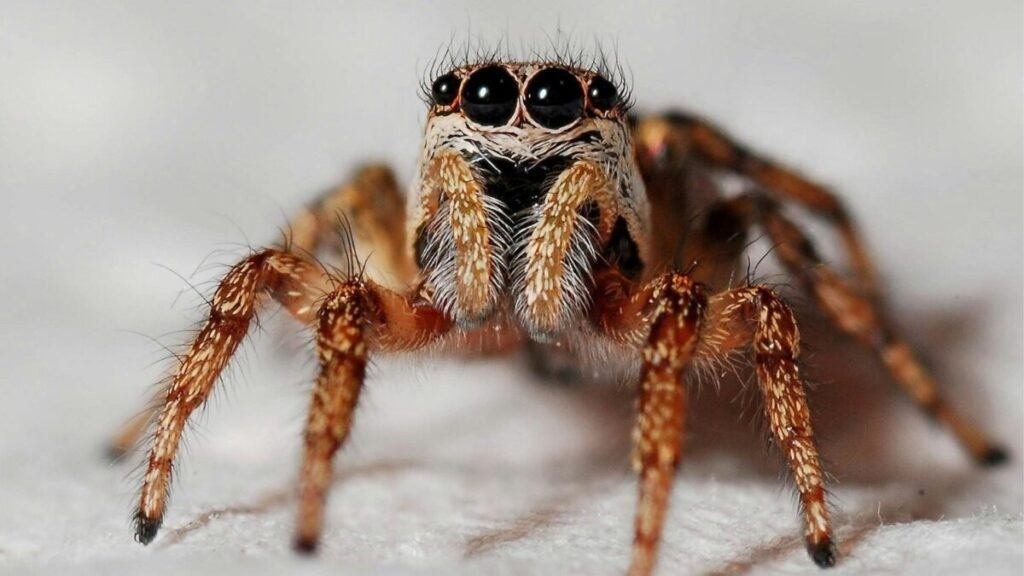Spiders’ Remarkable Defense System Against Humans: Understanding How They Detect and React to Danger Before Being Noticed

Eight eyes, ultra-sensitive legs, and a network of invisible senses. Spiders not only hunt with millimetric precision: they also detect threats with a speed that defies logic. What is a simple carpet movement for us is an alarm signal for them. Despite their unsettling reputation, their defense instinct is driven by fear, not aggression.
### How spiders see—and feel—the world
The spider’s universe is much less visual than we think. Although their vision is usually limited. In reality, their world is composed of vibrations, air currents, touch, and taste, a perception that allows them to anticipate movements long before the danger is visible. Domestic species, like Tegenaria domestica, interpret the human figure as that of a possible predator. That’s why, when a person approaches, their first reaction is to freeze or flee at full speed. It is an ancestral response, shaped by millions of years of evolution and confirmed by researchers at The Conversation. The main eyes—also called direct eyes—capture basic details, while the secondary ones are motion detectors, hypersensitive to any luminous or vibratory variation. Thus, even in the dim light of a room, a spider can perceive our presence with a precision that borders on the supernatural.
Webs, hunters, and visual strategies
Of the 37 spider families identified in the UK, about half are weavers. These species rely more on vibration than on sight: When they feel the characteristic vibration of prey, they act in milliseconds. If they perceive a heavier or irregular vibration—such as that of a human step—the reflex is the opposite: immobility or immediate retreat. Hunting spiders, on the other hand, have a much greater visual domain. and wolf spiders (Lycosidae) detect movements several centimeters away and adjust their behavior according to color and light. Misumena vatia, for example, can change from white to yellow to blend in with different flowers. In tropical regions, the Deinopidae, nicknamed “ogre-faced spiders,” developed oversized eyes that regenerate every night. They are so sensitive that the light of dawn destroys their photosensitive membranes, so they live in a routine synchronized with darkness.
### The precise jump of spiders with camera vision
Salticidae, or jumping spiders, represent the opposite end of the spectrum: their vision rivals that of small vertebrates. They have main frontal eyes with lenses comparable to those of a photographic camera and are capable of distinguishing shapes, colors, and even ultraviolet light, invisible to the human eye, and accurately calculate the jump needed to catch them. In these animals, the lateral eyes measure depth and distance, while the secondary ones track peripheral movement. Everything happens in seconds: a visual and tactile ballet synchronized with millimetric precision.
Far from being simple automatic hunters, spiders live in a finely calibrated sensory universe. They perceive air vibrations, the weight of steps, the temperature of the environment, and even patterns of light reflected in the dust. Their apparent calm hides a constant network of detection and reaction: every filament of their body functions as a sensor connected to the world.
Understanding the Delicacy of Survival Mechanisms
The fear they evoke in humans contrasts with the delicacy of their survival mechanisms. Understanding them not only redefines our relationship with these animals, but also reveals a deeper lesson: nature responds to danger with precision, not with hatred.
Source:






